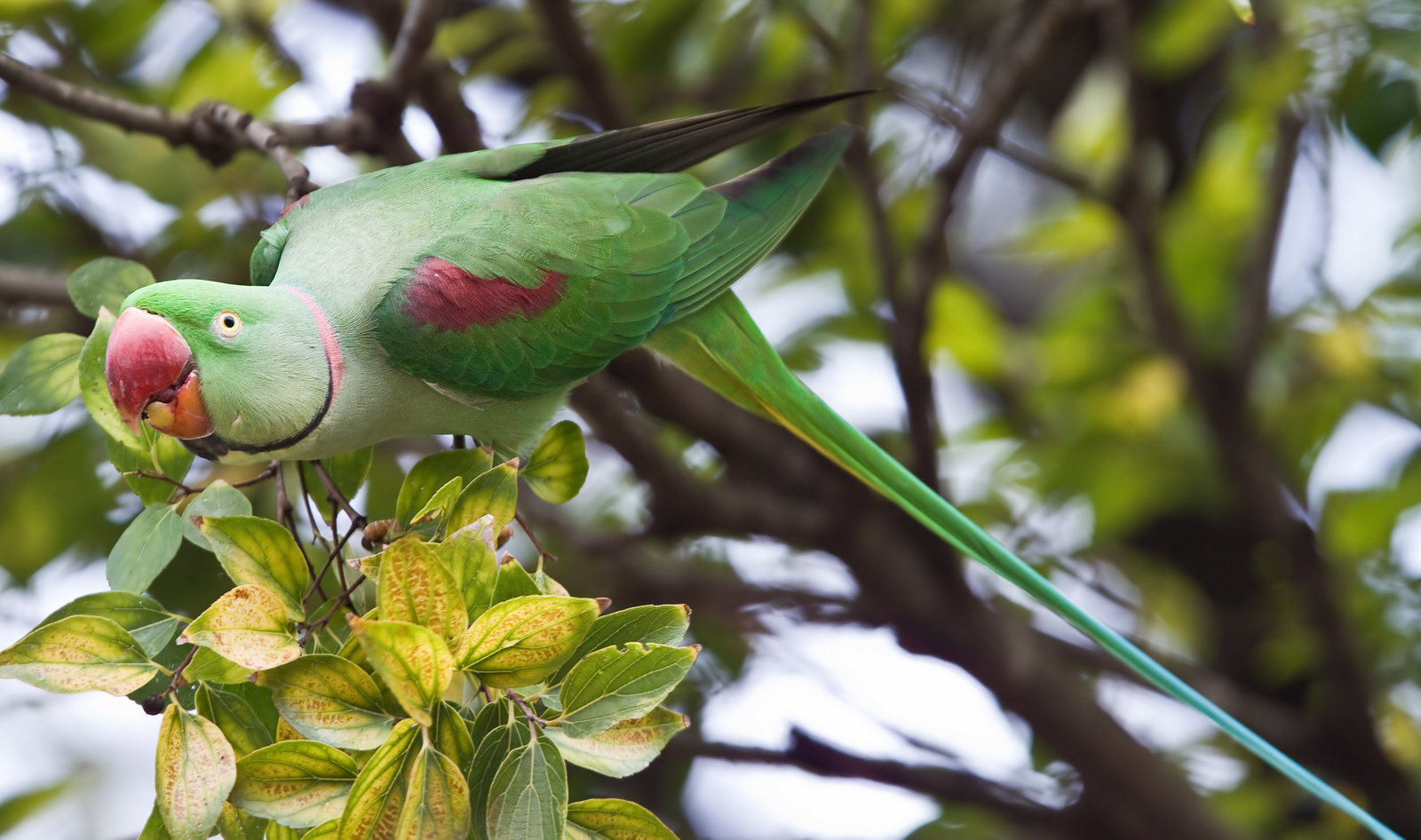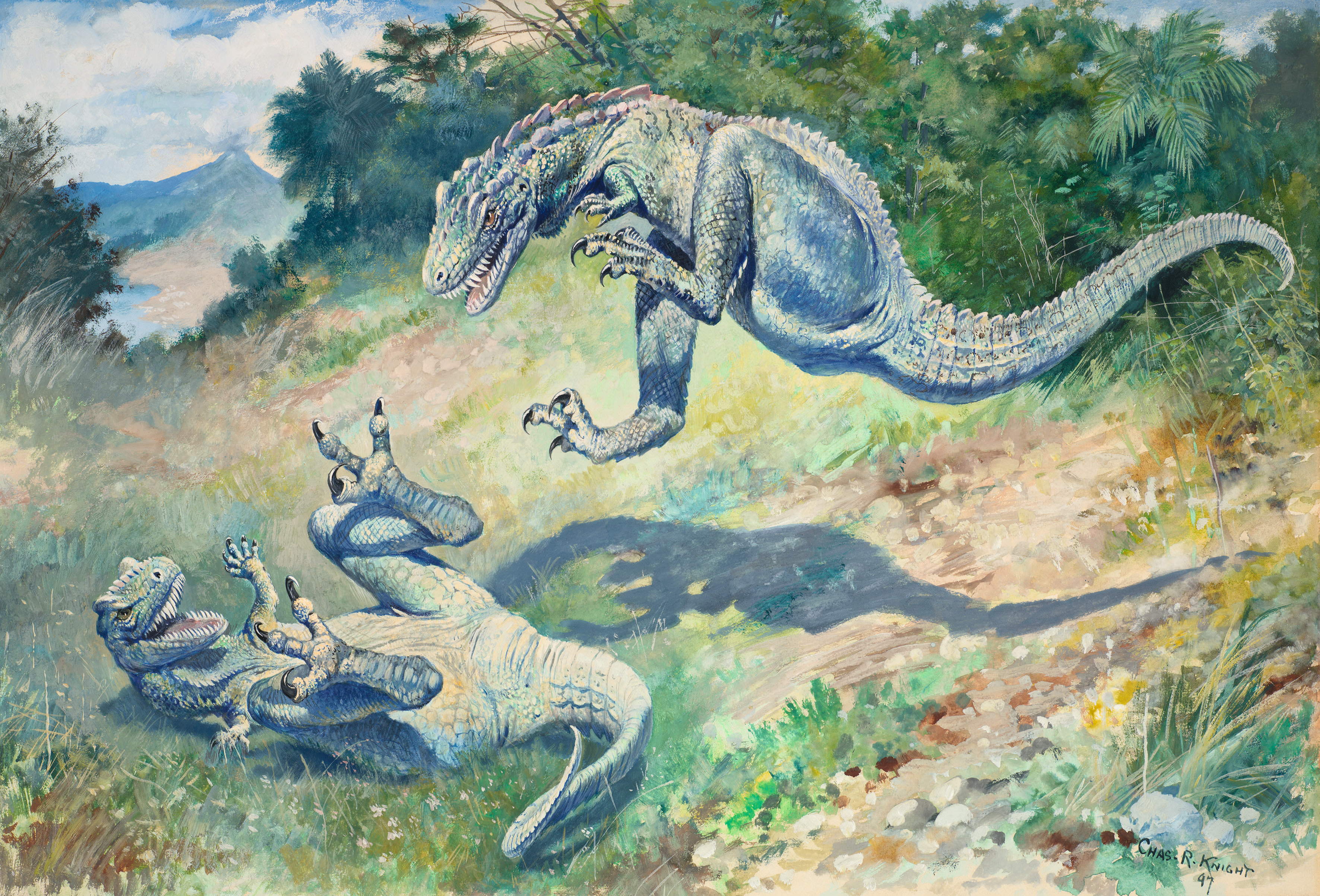|
Mascarene Grey Parakeet
The Mascarene grey parakeet, Mauritius grey parrot, or Thirioux's grey parrot (''Psittacula bensoni''), is an extinct species of parrot which was endemic to the Mascarene Islands of Mauritius and Réunion in the western Indian Ocean. It has been classified as a member of the tribe Psittaculini, along with other parrots from the Islands. Subfossil bones of the Mascarene grey parakeet found on Mauritius were first described in 1973 as belonging to a smaller relative of the broad-billed parrot in the genus ''Lophopsittacus''. Apart from their size, the bones were very similar to those of other Mascarene parrots. The subfossils were later connected with 17th- and 18th-century descriptions of small grey parrots on Mauritius and Réunion, together with a single illustration published in a journal describing a voyage in 1602, and the species was instead reassigned to the genus ''Psittacula''. The Mascarene grey parakeet was grey, had a long tail, and was larger than other species of th ... [...More Info...] [...Related Items...] OR: [Wikipedia] [Google] [Baidu] |
Paleoart
Paleoart (also spelled palaeoart, paleo-art, or paleo art) is any original artistic work that attempts to depict prehistoric life according to scientific evidence. Ansón, Fernández & Ramos (2015) pp. 28–34. Works of paleoart may be representations of fossil remains or imagined depictions of the living creatures and their ecosystems. While paleoart is typically defined as being scientifically informed, it is often the basis of depictions of prehistoric animals in popular culture, which in turn influences public perception of and fuels interest in these organisms. The word paleoart is also used in an informal sense as a name for prehistoric art, most often cave paintings. The term "paleoart"–which is a compound of ''paleo'', the Ancient Greek word for "old", and "art"–was introduced in the late 1980s by Mark Hallett for art that depicts subjects related to paleontology, Hallett (1987) pp. 97–113. but is considered to have originated as a visual tradition in early 1800s ... [...More Info...] [...Related Items...] OR: [Wikipedia] [Google] [Baidu] |
Pest (organism)
A pest is any organism harmful to humans or human concerns. The term is particularly used for creatures that damage crops, livestock, and forestry or cause a nuisance to people, especially in their homes. Humans have modified the environment for their own purposes and are intolerant of other creatures occupying the same space when their activities impact adversely on human objectives. Thus, an elephant is unobjectionable in its natural habitat but a pest when it tramples crops. Some animals are disliked because they bite or sting; wolves, snakes, wasps, ants, bed bugs, fleas and ticks belong in this category. Others enter the home; these include houseflies, which land on and contaminate food; beetles, which tunnel into the woodwork; and other animals that scuttle about on the floor at night, like rats and cockroaches, which are often associated with unsanitary conditions. Agricultural and horticultural crops are attacked by a wide variety of pests, the most important being ... [...More Info...] [...Related Items...] OR: [Wikipedia] [Google] [Baidu] |
Holotype
A holotype (Latin: ''holotypus'') is a single physical example (or illustration) of an organism used when the species (or lower-ranked taxon) was formally described. It is either the single such physical example (or illustration) or one of several examples, but explicitly designated as the holotype. Under the International Code of Zoological Nomenclature (ICZN), a holotype is one of several kinds of name-bearing types. In the International Code of Nomenclature for algae, fungi, and plants (ICN) and ICZN, the definitions of types are similar in intent but not identical in terminology or underlying concept. For example, the holotype for the butterfly '' Plebejus idas longinus'' is a preserved specimen of that subspecies, held by the Museum of Comparative Zoology at Harvard University. In botany and mycology, an isotype is a duplicate of the holotype, generally pieces from the same individual plant or samples from the same genetic individual. A holotype is not necessarily "ty ... [...More Info...] [...Related Items...] OR: [Wikipedia] [Google] [Baidu] |
Subspecies
In Taxonomy (biology), biological classification, subspecies (: subspecies) is a rank below species, used for populations that live in different areas and vary in size, shape, or other physical characteristics (Morphology (biology), morphology), but that can successfully interbreed. Not all species have subspecies, but for those that do there must be at least two. Subspecies is abbreviated as subsp. or ssp. and the singular and plural forms are the same ("the subspecies is" or "the subspecies are"). In zoology, under the International Code of Zoological Nomenclature, the subspecies is the only taxonomic rank below that of species that can receive a name. In botany and mycology, under the International Code of Nomenclature for algae, fungi, and plants, other infraspecific name, infraspecific ranks, such as variety (botany), variety, may be named. In bacteriology and virology, under standard International Code of Nomenclature of Prokaryotes, bacterial nomenclature and virus clas ... [...More Info...] [...Related Items...] OR: [Wikipedia] [Google] [Baidu] |
Constantine W
Constantine most often refers to: * Constantine the Great, Roman emperor from 306 to 337, also known as Constantine I * Constantine, Algeria, a city in Algeria Constantine may also refer to: People * Constantine (name), a masculine given name and surname Roman/Byzantine emperors * Constantine II (emperor) * Constantine III (Western Roman emperor) * Constantine III (Byzantine emperor) * Constantine IV * Constantine V * Constantine VI * Constantine VII Porphyrogenitus * Constantine VIII * Constantine IX Monomachos * Constantine X Doukas * Constantine XI Palaiologos Emperors not enumerated * Tiberius II, reigned officially as "Constantine" * Constans II, reigned officially as "Constantine" * Constantine (son of Leo V) * Constantine (son of Theophilos) * Constantine (son of Basil I) * Constantine Lekapenos * Constantine Doukas (co-emperor) * Constantine Laskaris (?) Other rulers * Constantine I, Prince of Armenia * Constantine II, Prince of Armenia * Constantine I, K ... [...More Info...] [...Related Items...] OR: [Wikipedia] [Google] [Baidu] |
Necropsittacus
The Rodrigues parrot or Leguat's parrot (''Necropsittacus rodricanus'') is an extinct species of parrot that was endemic to the Mascarene island of Rodrigues. The species is known from subfossil bones and from mentions in contemporary accounts. It is unclear to which other species it is most closely related, but it is classified as a member of the tribe Psittaculini, along with other Mascarene parrots. The Rodrigues parrot bore similarities to the broad-billed parrot of Mauritius, and may have been related. Two additional species have been assigned to its genus (''N. francicus'' and ''N. borbonicus''), based on descriptions of parrots from the other Mascarene islands, but their identities and validity have been debated. The Rodrigues parrot was green, and had a proportionally large head and beak and a long tail. Its exact size is unknown, but it may have been around long. It was the largest parrot on Rodrigues, and it had the largest head of any Mascarene parrot. It may have lo ... [...More Info...] [...Related Items...] OR: [Wikipedia] [Google] [Baidu] |
Genus
Genus (; : genera ) is a taxonomic rank above species and below family (taxonomy), family as used in the biological classification of extant taxon, living and fossil organisms as well as Virus classification#ICTV classification, viruses. In binomial nomenclature, the genus name forms the first part of the binomial species name for each species within the genus. :E.g. ''Panthera leo'' (lion) and ''Panthera onca'' (jaguar) are two species within the genus ''Panthera''. ''Panthera'' is a genus within the family Felidae. The composition of a genus is determined by taxonomy (biology), taxonomists. The standards for genus classification are not strictly codified, so different authorities often produce different classifications for genera. There are some general practices used, however, including the idea that a newly defined genus should fulfill these three criteria to be descriptively useful: # monophyly – all descendants of an ancestral taxon are grouped together (i.e. Phylogeneti ... [...More Info...] [...Related Items...] OR: [Wikipedia] [Google] [Baidu] |
Mascarene Island
The Mascarene Islands (, ) or Mascarenes or Mascarenhas Archipelago is a group of islands in the Indian Ocean east of Madagascar consisting of islands belonging to the Republic of Mauritius as well as the French department of Réunion. Their name derives from the Portuguese navigator Pedro Mascarenhas, who first visited them in April 1512. The islands share a common geological origin beneath the Mascarene Plateau known as the Mauritia microcontinent which was a Precambrian microcontinent situated between India and Madagascar until their separation about 70 million years ago. They form a distinct ecoregion with unique biodiversity and endemism of flora and fauna. Geography The archipelago comprises three large islands, Mauritius, Réunion, and Rodrigues, plus a number of volcanic remnants in the tropics of the southwestern Indian Ocean, generally between 700 and 1,500 kilometres east of Madagascar. The terrain includes a variety of reefs, atolls, and small islands. They present ... [...More Info...] [...Related Items...] OR: [Wikipedia] [Google] [Baidu] |
Le Pouce
Le Pouce (; English: "The Thumb") is the third highest mountain in Mauritius, at 812 meters (2664 feet). Only Piton de la Petite Rivière Noire (828 m) and Pieter Both (820 m) are taller. It is named Le Pouce because of the thumb-shaped peak of the mountain. It can be viewed from the capital of Mauritius, Port Louis, and is a popular hike for the view of the city. The mountain is in the Moka Range and is closest to the village of La Laura-Malenga in the Moka District. Charles Darwin ascended the mountain on 2 May 1836. Natural features The Mascarene Islands, the island chain that Mauritius lies in, is a volcanic belt. Le Pouce is the second highest peak in the Moka Range, which was formed ten million years ago from volcano eruptions. The range is a basalt lava dome and is no longer volcanically active. Le Pouce is overgrown with guava and acacia, which are not native to the area. One example of flora endemic to Le Pouce is '' Pandanus pseudomontanus'' commonly known as Le Pou ... [...More Info...] [...Related Items...] OR: [Wikipedia] [Google] [Baidu] |
Zoology Museum Of Cambridge University
The University Museum of Zoology is a museum of the University of Cambridge and part of the research community of the Department of Zoology. The public is welcome and admission is free (2018). The Museum of Zoology is in the David Attenborough Building, formerly known as the Arup Building, on the New Museums Site, just north of Downing Street in central Cambridge, England. The building also provides a home for the Cambridge Conservation Initiative, a biodiversity project. The museum houses an extensive collection of scientifically important zoological material. The collections were designated in 1998 by the Museums, Libraries and Archives Council (now managed by the Arts Council England) as being of outstanding historical and international importance. The museum reopened on 23 June 2018 after a major redevelopment for which it had been awarded a grant of £1.8m by the Heritage Lottery Fund. The redevelopment aimed to create a "green" building" and to create displays and new ... [...More Info...] [...Related Items...] OR: [Wikipedia] [Google] [Baidu] |





